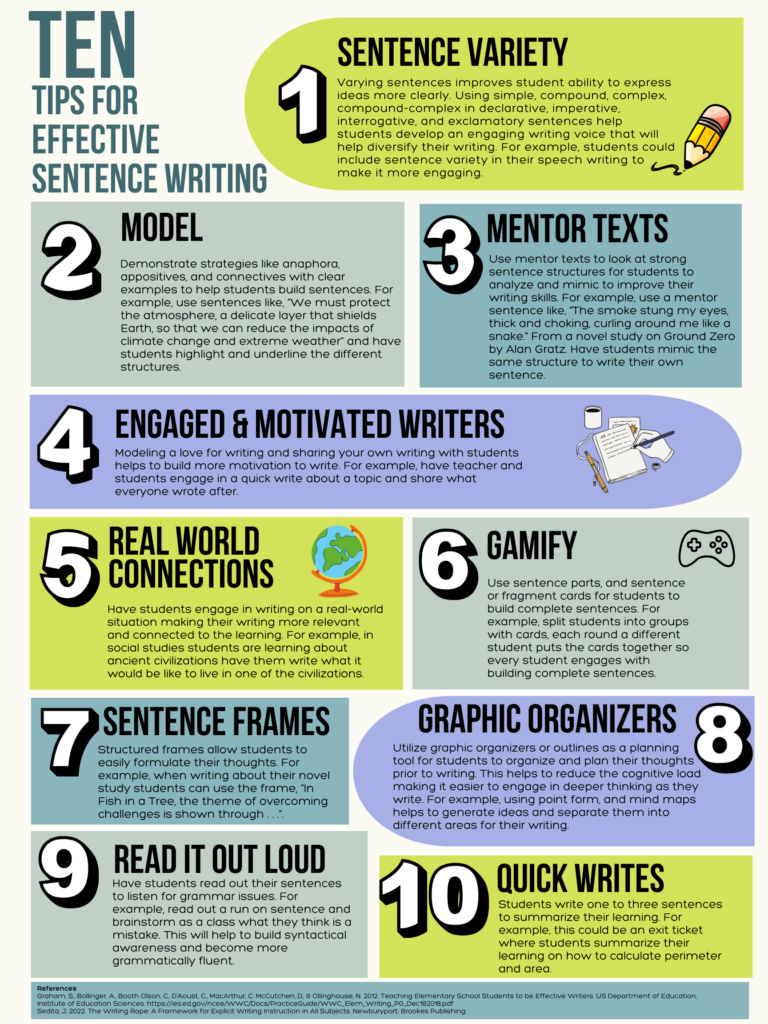Guided Reading & Small-Group Instruction
Guided reading allows students to engage with various texts for enjoyment and learning by allowing teachers to work with small groups to build decoding, fluency, and comprehension skills. In a Grade 4 English Language Arts (ELA) class, students reading Fatty Legs by Christy Jordan-Fenton & Margaret Pokiak-Fenton in a guided reading group could focus on:
- Decoding unfamiliar words related to Indigenous history.
- Fluency practice through echo reading.
- Comprehension discussions on the impact of residential schools, aligning with the First Peoples Principles of Learning
Reciprocal Teaching
Reciprocal teaching fosters critical thinking and comprehension by guiding students through four key reading strategies: predicting, questioning, clarifying, and summarizing. In a Grade 7 English Language Arts and Social Studies interdisciplinary unit, students reading Ground Zero by Alan Gratz can engage in structured discussions to deepen their understanding of historical events, perspective-taking, and the novel’s dual narratives.
- Predicting: Before reading, students examine the book’s cover and blurb.
- Questioning: While reading, students generate critical questions.
- Clarifying: Students discuss historical references, such as the role of the Taliban or the significance of the Twin Towers, using primary and secondary sources to enhance comprehension.
- Summarizing: In small groups, students summarize key chapters and reflect on how Brandon’s and Reshmina’s experiences parallel and contrast.
Think-Aloud Strategies
Think-aloud strategies help students develop metacognitive reading and viewing skills by modeling how to question, infer, and synthesize information while engaging with texts. In a Grade 7 Science and Social Studies unit on climate change, teachers can use the documentary A Life on Our Planet by David Attenborough to model critical thinking and analysis while watching.
- Activating Prior Knowledge: Before watching, the teacher might say, “I know that David Attenborough has spent decades documenting ecosystems. I wonder how he will connect his personal experiences to global climate change.”
- Questioning & Inferring: While watching, the teacher pauses to model inquiry: “Attenborough mentions that deforestation is destroying biodiversity. I wonder how this connects to the wildfires we’ve seen in BC. What role does human activity play?”
- Making Connections: After watching, the class discusses key messages, using prompts such as: “How do the documentary’s visuals and data make the climate crisis feel more urgent?” and “What solutions does Attenborough propose, and how do they compare to Indigenous land stewardship practices?”
This strategy can also be applied to reading articles and other texts by modeling how to annotate a source, what questions you have, areas you want to look into further, and making inferences.
Inquiry-Based Literacy Projects
Inquiry-based literacy projects embed reading, writing, and research skills into student-led investigations. In a Grade 7 Science & Social Studies cross-curricular project on climate change, students could:
- Read and analyze primary sources e.g., Indigenous perspectives on land stewardship.
- Investigate local environmental issues e.g., deforestation in BC’s Interior.
- Write a persuasive letter to a government official about sustainable forestry practices.
Writing Across the Curriculum
- Math – Writing journal entries explaining problem-solving strategies, reinforcing numeracy communication.
- Science – Creating a lab report on the water cycle and science notebooks.
- Social Studies – Writing a historical fiction narrative about a real event, deepening historical empathy and analysis.
Ten Tips For Sentence Writing

